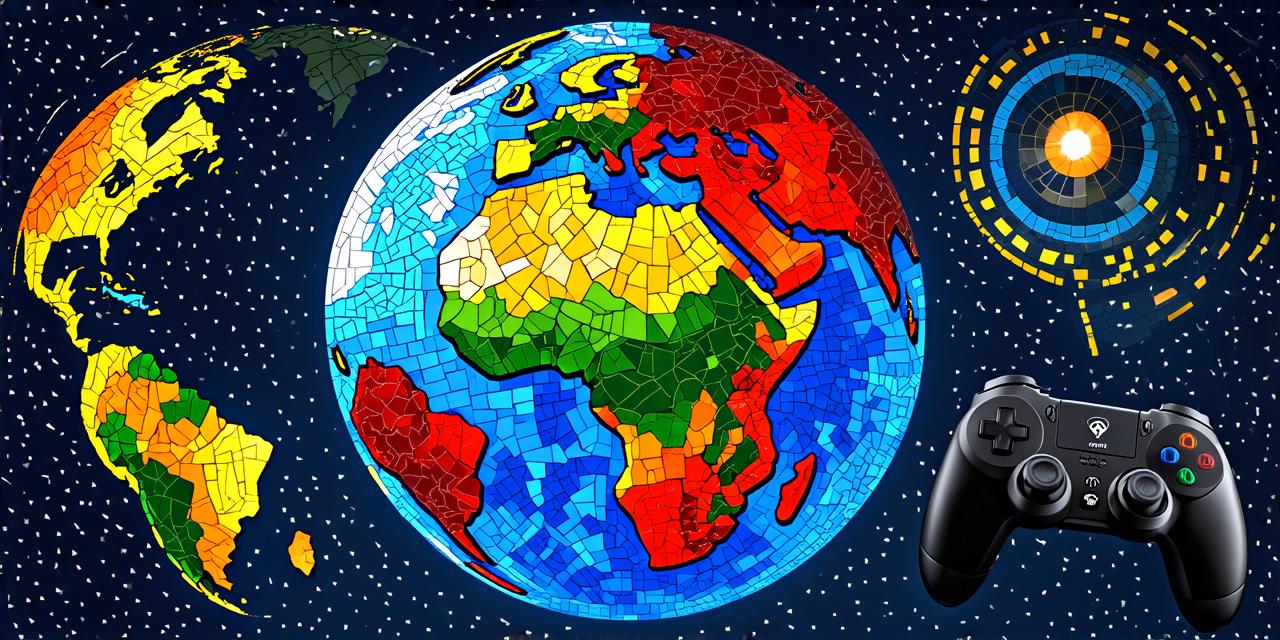Gamification is the process of incorporating game design elements into non-gaming contexts to increase engagement and motivation.
In recent years, gamification has become increasingly popular in the field of game development, as companies seek ways to make their products more engaging and interactive.
The Benefits of Gamification:
-
One of the primary benefits of gamification is increased engagement. By incorporating game design elements such as points, levels, and rewards, players are more likely to stay engaged with the game and continue playing for longer periods of time. This can lead to increased retention rates and a higher likelihood of repeat purchases.
-
Improved Learning: Gamification has also been shown to improve learning outcomes in various contexts. For example, educational games have been found to increase student motivation and engagement, leading to improved knowledge retention and understanding.
-
Enhanced Collaboration: Gamification can also enhance collaboration by creating a sense of competition and teamwork among players. This can be especially beneficial in multiplayer games where players need to work together to achieve a common goal.
-
Increased Creativity: Finally, gamification can increase creativity by encouraging players to think outside the box and try new approaches to problems. For example, puzzle games often require players to use creative problem-solving skills to progress through levels.

Case Studies:
-
Nike+ Training Club: The Nike+ Training Club app is a great example of how gamification can be used in the fitness industry. Players can set goals and track their progress, earning points and badges for completing workouts and achieving milestones. This has helped to increase engagement and motivate users to continue using the app regularly.
-
Duolingo: Duolingo is another excellent example of gamification in education. The language learning app uses game design elements such as points, levels, and rewards to make learning more engaging and interactive. Users can track their progress and earn badges for completing lessons, making the process more fun and motivating.
-
Pokémon Go: Pokémon Go is perhaps the most well-known example of gamification in popular culture. The augmented reality game encourages players to explore their surroundings and collect virtual creatures, earning points and rewards for completing tasks and achieving milestones. This has helped to increase engagement and make the game more interactive and immersive.
Personal Experiences:
As a game developer, I have firsthand experience with the impact of gamification on game design and development. In my previous role at a mobile gaming company, we incorporated gamification elements into our games to increase engagement and motivation among players. For example, we included a leveling system and rewards for completing challenges, which helped to keep players engaged and motivated to continue playing.
Additionally, I have seen the benefits of gamification in other industries, such as fitness and education. For example, I recently started using the Nike+ Training Club app and found it to be highly engaging and motivating. The game design elements made exercising more fun and interactive, which helped me to stay on track and achieve my fitness goals.
The Impact of Gamification on Game Design:
-
Increased Complexity: One potential downside of gamification is that it can increase the complexity of game design. This can make games more difficult to develop and maintain, as well as more difficult for players to understand and navigate.
-
Decreased Accessibility: Another potential downside of gamification is that it can decrease accessibility, as some players may find the game design elements too overwhelming or difficult to understand.
-
Obsession with Rewards: Finally, gamification can lead to an obsession with rewards and achievements, which can distract from the core gameplay experience. For example, if a player is more focused on earning badges and points than actually enjoying the game, they may become disengaged and stop playing.
